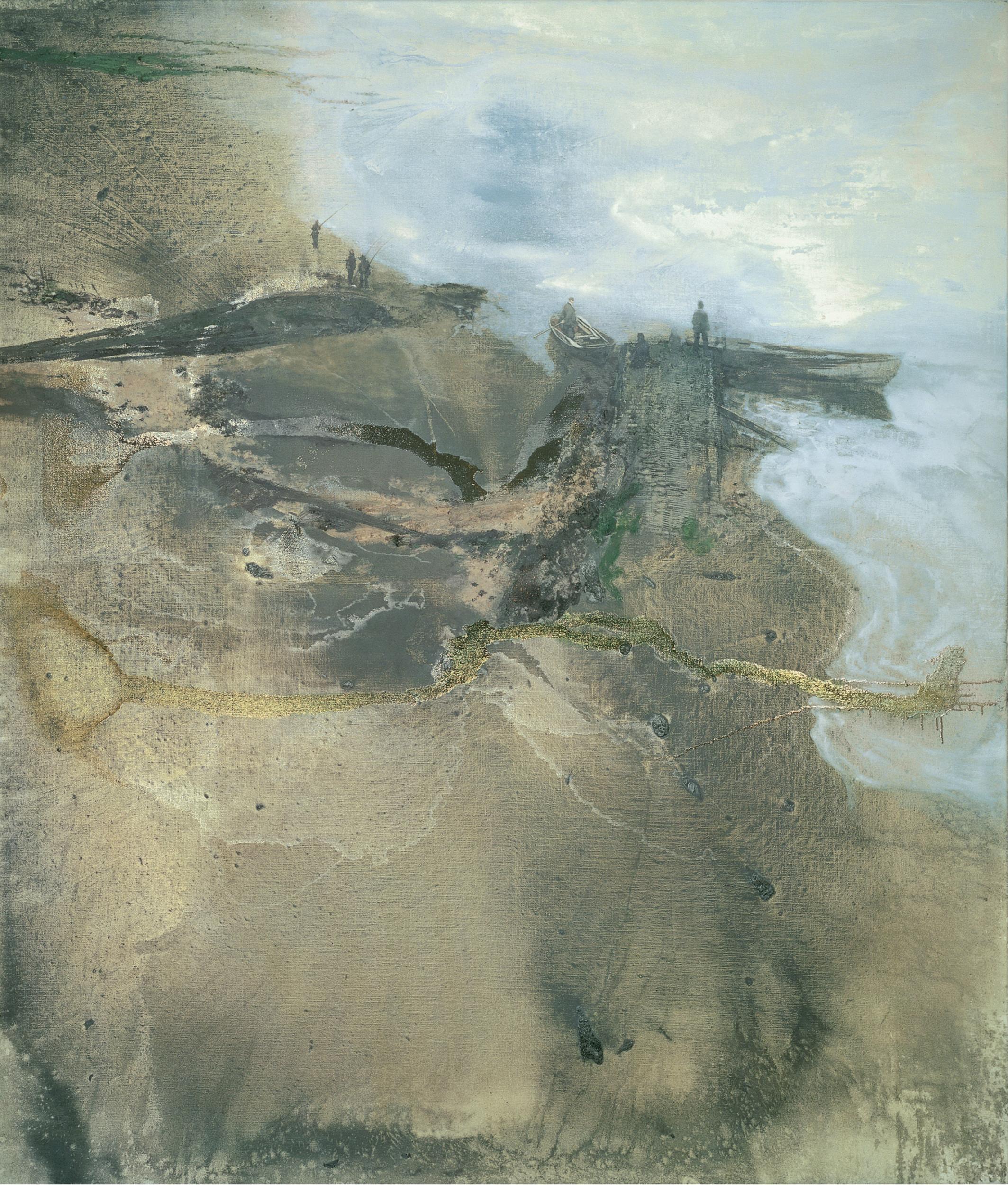Michael Andrews, Gagosian Gallery, London, review: He was one of the most emotionally substantial and intellectually adventurous English painters of the post-war era
The late painter, who died in 1995 aged 67 and produced about two paintings a year, is given a long-overdue retrospective, at London's Gagosian Gallery

Your support helps us to tell the story
From reproductive rights to climate change to Big Tech, The Independent is on the ground when the story is developing. Whether it's investigating the financials of Elon Musk's pro-Trump PAC or producing our latest documentary, 'The A Word', which shines a light on the American women fighting for reproductive rights, we know how important it is to parse out the facts from the messaging.
At such a critical moment in US history, we need reporters on the ground. Your donation allows us to keep sending journalists to speak to both sides of the story.
The Independent is trusted by Americans across the entire political spectrum. And unlike many other quality news outlets, we choose not to lock Americans out of our reporting and analysis with paywalls. We believe quality journalism should be available to everyone, paid for by those who can afford it.
Your support makes all the difference.You’ve barely heard of this English painter who died in 1995, have you? Why? Various reasons. He died relatively young. He produced very little – usually two paintings a year, and most of these works went into private collections. He eschewed publicity. He was not a print-maker. Why would a dealer bother to show him if there weren’t a goodly flow of works to grease the palm? Of the sixty-four paintings in this show – about a quarter of his total output – only twelve of them are in the public domain.
And yet Michael Andrews was one of the most emotionally substantial and intellectually adventurous English painters of the post-war era. And this breathtaking show is the first substantial retrospective in fifteen years. Andrews was a painter who felt on his pulses the shiftingness of reality, and the best of his works, though grounded in realism, never end there. He was a painter who thought hard, but never wore that ceaseless intellectual curiosity on his sleeve. Andrews was a very laboriously pernickety painter, but the results feel quite otherwise. They have a joyous lift, an immanence and, above all, a curiously unbounded angle of view.

The show groups the works into three categories, and there are key paintings in each one. They take us to places we think we may know: the Thames Estuary or Ayres Rock, for example. When we stand in front of Andrews’ view of the estuary, that point where water abuts land, we experience a strange feeling of vertigo. What exactly is the painting’s vantage point? High, certainly, almost sea-gull high perhaps. We teeter there, looking down, across, and side to side, never quite getting a grip. The painting itself looks as if it has been conjured into being from the mucky stuff of the estuary itself: gritty, slick, shiftily sliding. We almost find ourselves tumbling headlong into the notion that this is an abstract painting. But no. Tiny figures on the shoreline – fishermen with their bowing rods – pinion it to the real.

Ayres Rock, the way its blunt, ochreous shimmer erupts out of the landscape behind a foreground of feather-light and insubstantial renderings of trees and grasses that seem barely painted at all (more airily wisped in than three-dimensionally realised) is pure immanence in its unearthliness.
With Andrews, nothing is quite bounded by what we think we may be seeing.
Join our commenting forum
Join thought-provoking conversations, follow other Independent readers and see their replies
Comments